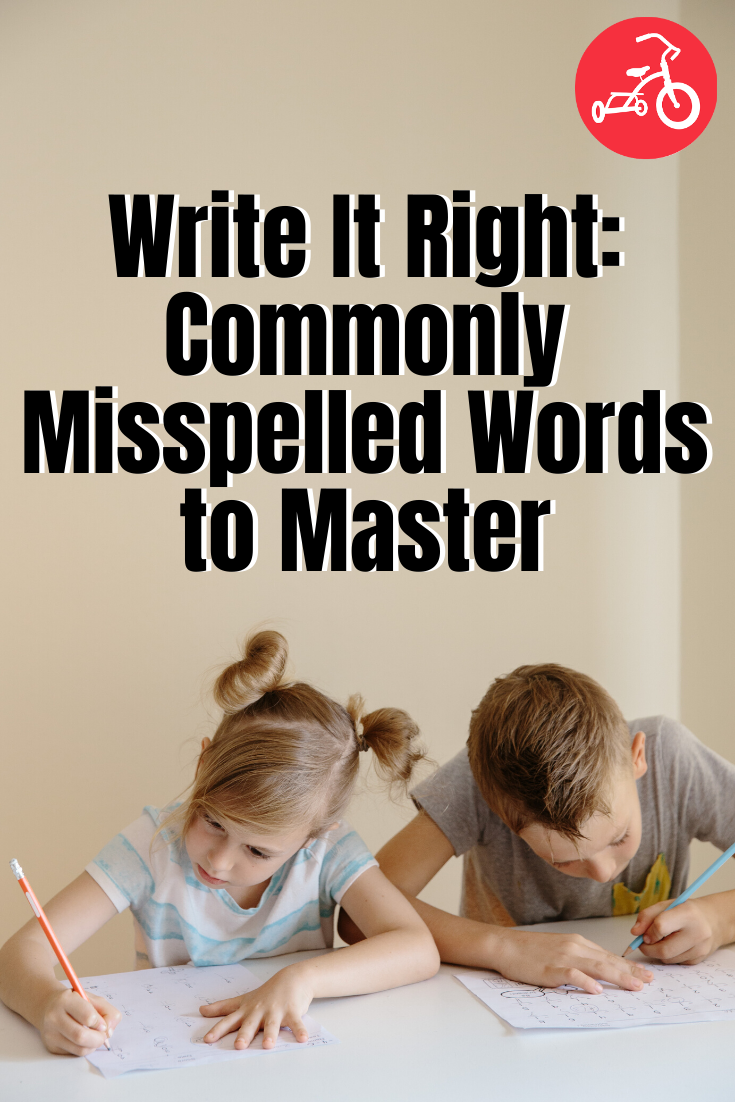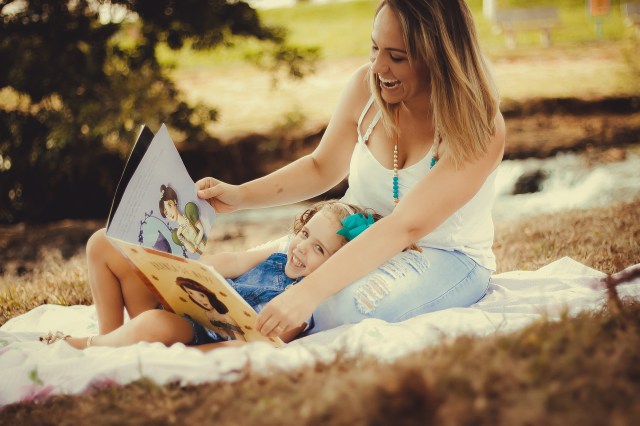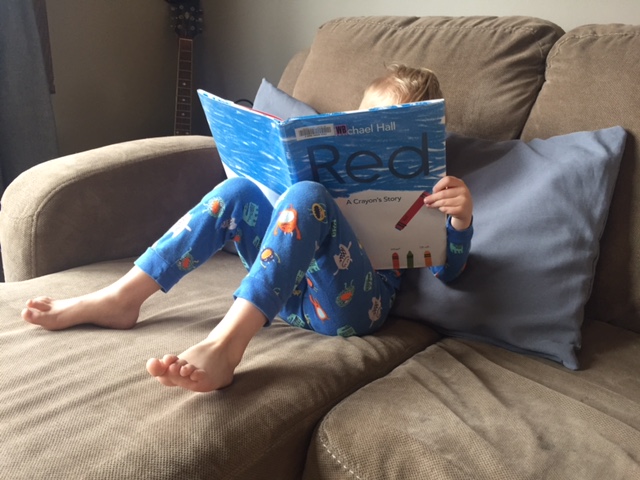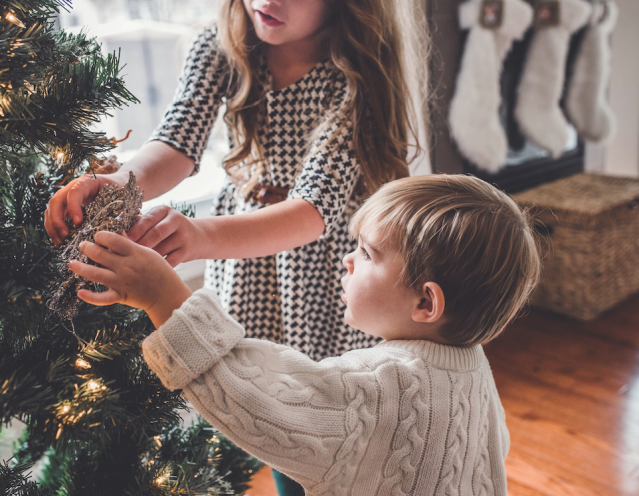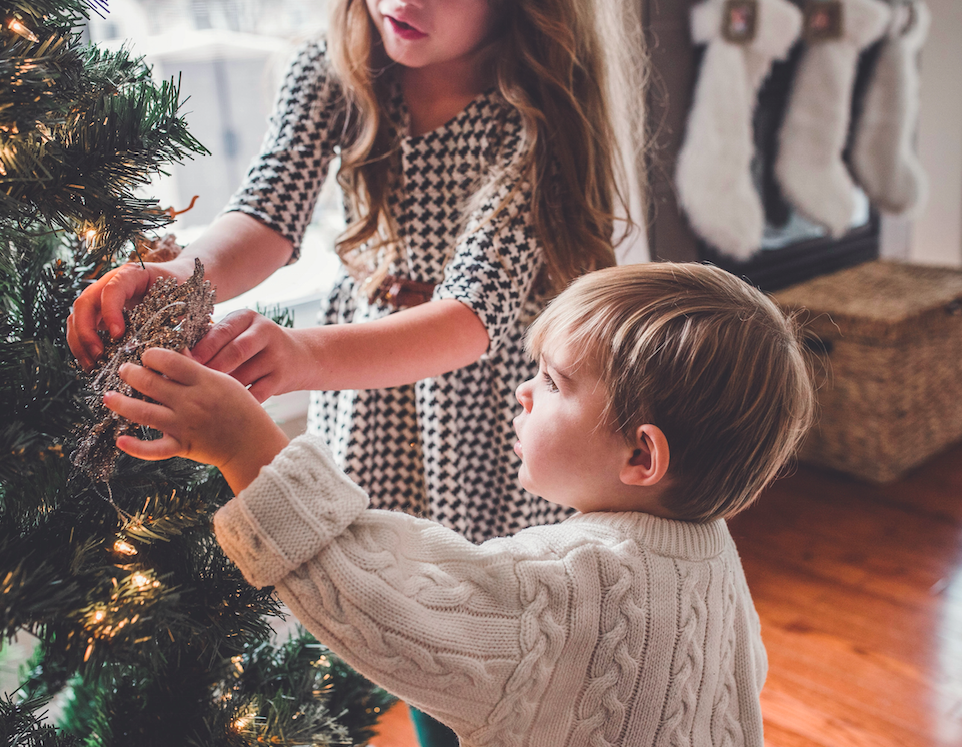Believe it or not, there’s a National Organize Your Home day and LA’s best organizers: Joni Weiss and Kitt Fife, Co-Founders of Practically Perfect, exclusively dished to us on how to start tackling the clutter in your kid’s room (and how to prevent it from getting out of control ever again). Scroll through to see how you can get started, what to do when your big kids won’t back away from their baby blocks and when to call in the professionals.
photo: via Practically Perfect
1. The number one mistake parents make when they try to organize their kid’s room?
Practically Perfect: Making a system that’s too complicated for your kids to keep up with! Staying organized is all about maintenance and accountability and that means kiddos have to be able to pick up after themselves when playtime is over. It’s imperative to consider the age plus stage of your little ones when you consider which organizational system will work best for your play spaces!
photo: via Practically Perfect
2. Should the kids be involved or should you do it yourself when they’re not around?
Practically Perfect: This is a tricky one and there’s really no right or wrong answer here. The decision whether to include kids in the process depends entirely upon what your goals are. Is your goal to have a clean and organized space that you feel good in? Or is your goal to teach your kids the value of getting and staying organized? We’ve certainly worked in both ways, as each family is unique.
3. What if the child refuses to discard or donate anything?
Practically Perfect: When a child has a difficult time letting go of items (which happens often, brace yourself for “that’s my favorite” or “I love that one” even if they haven’t played with it in years), it can be helpful to explain where the items are going. Letting your child know that the belongings are being passed along to a friend or neighbor or handed down to a younger family member can be more comforting than simply throwing them into a garbage bag. Also, involving your child in the decision about which charity to donate items to can be very special. Another helpful tip is to take photographs of the beloved items so that they won’t feel forgotten.
4. Favorite way to organize LEGO bricks?
Practically Perfect: They key is to organize LEGO bricks in a way that makes sense for your kiddos, based on how they play with the pieces. The easiest way is to dump them all into one tub so that they are all in one spot. But for the child who is in love with mini figures, a special container to store or display those might be ideal. If your child likes to choose pieces by color (or shape, or size) then store them that way, as long as your kiddos will be able and willing to maintain the system!
5. Favorite way to stash those stuffed lovelies?
Practically Perfect: The most important aspect of organizing stuffed animals is almost always to edit the collection, which seems to be continually multiplying! We like to keep it simple. Select a cute basket that matches the decor of your home and commit to owning only what can be stored in that basket.
photo: via Amy Bartlam for Practically Perfect
6. We’re ready to start. What’s the first step?
Practically Perfect: Our client relationships begin with a consultation, during which we pinpoint organizational challenges and goals. We determine which systems are working well and which ones are not, and then we prioritize which space(s) should be tackled first. We ask a lot of questions! Once a project is underway, we ask even more questions. We do this to ensure that we’re creating systems that are reasonable for our clients to maintain. Practical is perfect! We work side-by-side with clients and/or independently of them, depending up upon the goals and scope of the project — and then we stay in a part of our clients’ lives as their families and lifestyles grow and change, to help them modify those systems over time. Once we have organized any space, every single belonging in that area will have a clear and obvious “home.”
7. What do we do with all this stuff we don’t need anymore?
Practically Perfect: If our clients have a favorite charity, we make arrangements to have unwanted items donated to that charity. And if they do not, we suggest some various organizations that are near and dear to our own hearts. Some clients also pass items along to family, friends, neighbors. We donate and recycle whatever we can, shred anything confidential and then safely and properly dispose of anything that’s left.
photo: via Practically Perfect
8. What happens next?
Our client relationships begin with a consultation, during which we pinpoint organizational challenges and goals. We determine which systems are working well and which ones are not, and then we prioritize which space(s) should be tackled first. We ask a lot of questions! Once a project is underway, we ask even more questions. We do this to ensure that we’re creating systems that are reasonable for our clients to maintain. Practical is perfect! We work side-by-side with clients and/or independently of them, depending up upon the goals and scope of the project and then we stay in a part of our clients’ lives as their families and lifestyles grow and change, to help them modify those systems over time. Once we have organized any space, every single belonging in that area will have a clear and obvious “home.”
9. Okay! The organizing is complete. What’s the best way to maintain it?
Practically Perfect: Staying organized is all about accountability. It helps to remember how good it feels to be organized and to commit yourself to making organization a priority in your day. Changing habits can be key. We encourage clients to abide by a “don’t put it down, put it away” mentality so that items don’t pile up over time. But for the items that do, we encourage carving out a small amount of time each day to place items back where they belong. And labeling can help! We offer maintenance programs for clients who are committed to staying organized, as well.
10. Why and when should people call in a professional for help?
Practically Perfect: There are so many reasons! The first and most obvious is when it all seems overwhelming and you don’t know where or how to start. Other great reasons are: not having time to create or maintain organizing systems on your own and wanting to achieve a particular look and feel in your home that you aren’t sure how to attain.
How do you keep the clutter in your home from taking over? Let us know in the comments below!
—Andie Huber
RELATED LINKS:
Donating Baby Gear & Kids Gear
Top 10 Free (or Super Cheap) Things to Do with Kids Under 5

